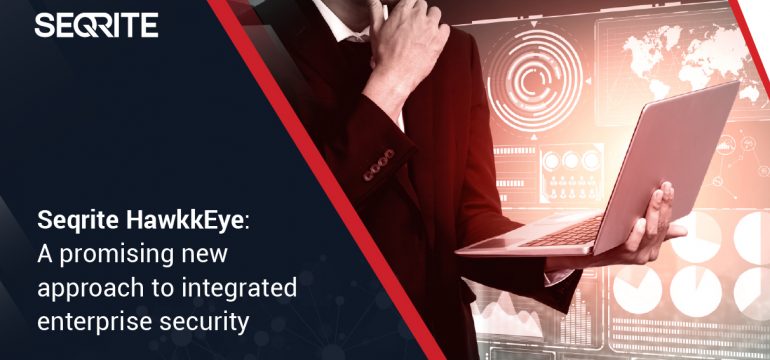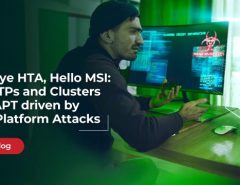The last decade has witnessed an accelerated adoption of cloud, mobile, and cloud apps. Over the previous year, with the new normal kicking in, organizations had to transition their employees to work outside the enterprise perimeter. As remote work grew, employees had to use different devices and cloud apps (not all managed or sanctioned) to remain productive and drive enterprise revenues.
As remote work adoption continues to grow and drive the cybersecurity threats and risks landscape, organizations have had to rely on several cybersecurity point products as bolt-in solutions creating security silos. Most often than not, these point products track only a particular type of risk coming in from devices, apps, networks, or users. A growing concern for most risk and security management leaders is the ability of the organization’s security posture to correlate and respond to risks and threats that spread across adhoc cybersecurity silos before it becomes too late.
So how can organizations foolproof their security posture? More point products? Better integrations? An integrated security and threat management strategy?
With numerous point products, cybersecurity silos, and various endpoints, security experts need to act against a threat or a risk in real-time. However, manually sifting through threat data, information, alerts across the enterprise to get to the very nature of a risk or a threat can take security analysts significant time and paralyze the security team from implementing remediation measures before substantial impact.
Enhanced Visibility and Correlation: To Understand the Real Threat Picture
With threat vectors exploding across remote multi-cloud work environments, hackers have become more sophisticated in their attack nuance. No longer can organizations bank on the perimeter to keep the organization’s data and its assets secure. Moreover, threats are no longer limited to an external actor.
According to a 2020 study conducted by Ponemon Institute, the average global cost of Insider threats rose by 31%, and the frequency of incidents sparked by 47% in the same period. To this point, security practitioners need enhanced aggregated visibility into the organization’s multi-cloud environment to closely monitor usage patterns, user activity, and different alerts coming in from numerous devices, cloud apps, locations, and network points.
Without compelling correlation and aggregation of incoming alerts from diverse sources accessing the organization’s data, building an appropriate threat and incident response becomes next to impossible.
It is time when organizations need to start integrating their scattered point products across business units and building a centralized security posture. Adopting a platform that can consolidate the existing security products and correlate threat data into incident response will enable security teams to stay ahead of a breach.
A Centralized Security Management Platform: To Aggregate and Correlate an Organization’s Security Posture
As highlighted by Gartner in its latest insight- “Security and risk management leaders are grappling with too many security tools with little integration of alert or incident response.” As the future of remote work and the cloud continues to strengthen, CISOs need to focus on the right tools to address the varying security risks of a distributed workforce and fragmented point products.
To that end, organizations need to adopt centralized security platforms that provide 360-degree visibility into the threat landscape, coordinate information flow between different security layers, integrate cybersecurity silos into a single pane of truth, and manage security posture across the enterprise.
Introducing Seqrite HawkkEye: A Centralized Security Management Platform
Sequrite’s HawkkEye is a comprehensive platform that consolidates alerts, identifies risks, and converts data into intelligence from all vital components accessing an organization’s assets. The platform integrates scattered point-products onto a single console, enabling security practitioners to track, aggregate, correlate and manage security threats posture across enterprise users, apps, and devices. CISOs and security leaders can make insight-driven decisions from the console and accelerate vital security remediation measures with just a few clicks. Moreover, activity logs maintained within the console enable organizations to stay audit-ready and effectively handle compliance regulations.




